FIFA Club World Cup: History, Format, and Global Impact
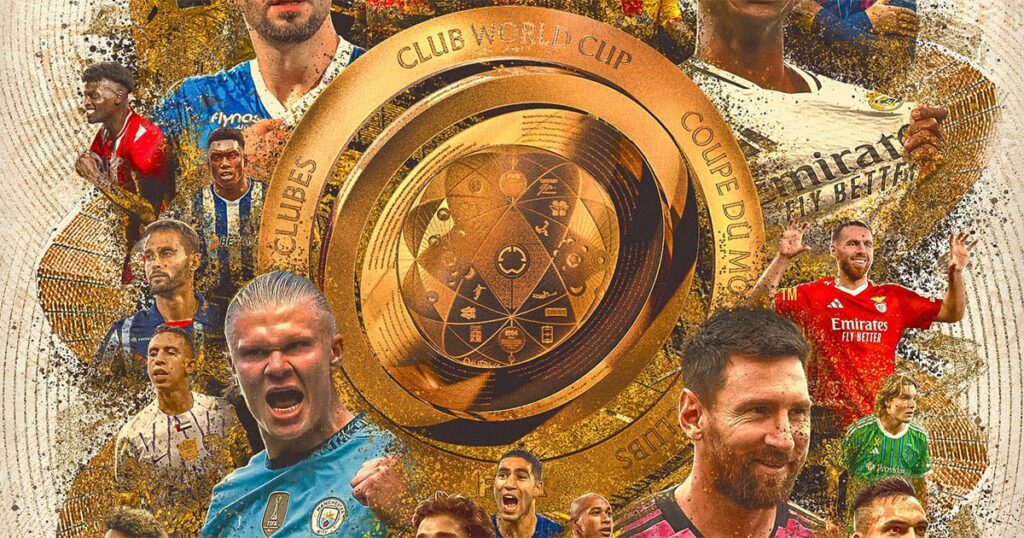
Introduction to the FIFA Club World Cup
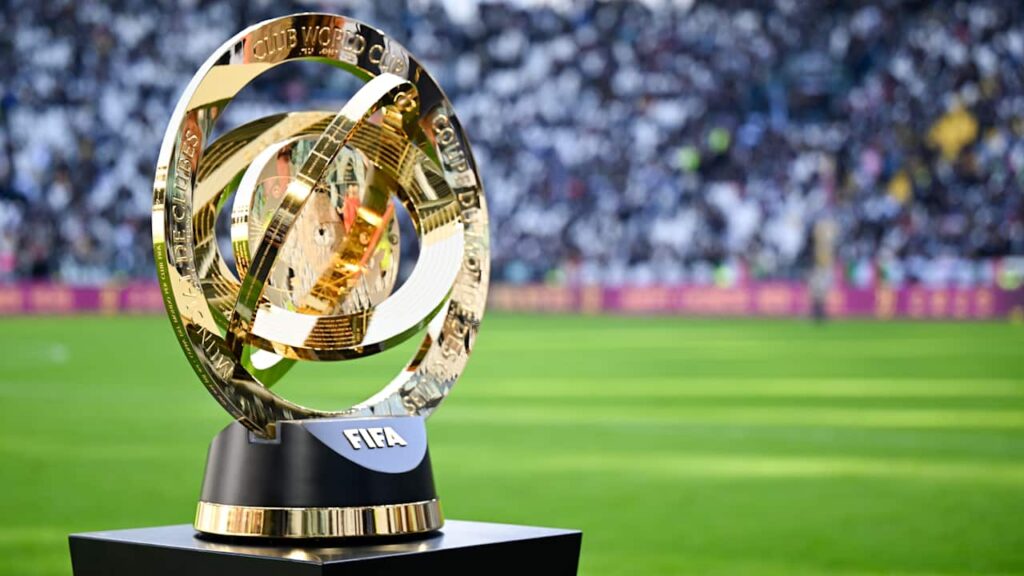
The FIFA Club World Cup is the peak of club football globally, featuring the best clubs from every continent competing to rule the world. Unlike most continental competitions, this tournament offers a special set stage where clubs from different football cultures and continents collide under the spotlight. The tournament has increased its stature and importance over time, entertaining millions of spectators around the globe.
In this blog post, we will explore the history, evolution, structure, and cultural impact of the FIFA Club World Cup. Whether you’re a seasoned football enthusiast or an inquisitive beginner, this comprehensive guide will introduce you to everything there is to know about this legendary tournament.
The History of the FIFA Club World Cup
The idea of a world club championship was there in the early 20th century as well, but only in the 2000s did the FIFA Club World Cup come into existence. It was organized for the first time in Brazil in 2000. Initially, it was known as the FIFA Club World Championship.
But due to financial constraints and timetabling, the event was interrupted and did not return until 2005. Since then, it has been organized yearly under the auspices of FIFA with increasing legitimacy and stature.
Important Milestones:
• 2000: First edition takes place in Brazil; the title is won by Corinthians.
• 2005: Re-establishment with a new format with the UEFA and CONMEBOL champions.
• 2012: The tournament gained momentum with wider media interest and fan support.
• 2025: Complete overhaul with an expanded 32-team format, to further globalize the tournament.
FIFA Club World Cup Format and Structure
The initial FIFA Club World Cup format consisted of seven teams: six continental champions and the league champion of the host nation. They competed in a knockout format within roughly two weeks.
Classic Format:
1. First Round: Host nation champion vs. OFC champion
2. Second Round: Champions face AFC, CAF, and CONCACAF champions
3. Semi-finals: Champions of UEFA and CONMEBOL here enter
4. Final: Winners of semi-finals compete
From 2025, however, FIFA has officially announced a new format for the Club World Cup with the tournament expanded to 32 teams similar to the format of the FIFA World Cup.
New Format Highlights (From 2025):
• 32 teams
• Group stages and knockout stages
• Played every four years
• Massive increase in commercial and broadcast reach
The new format will bring the FIFA Club World Cup to record levels of competition and global interest.
FIFA Club World Cup Qualification Process
For purposes of representation by all zones, FIFA distributes places from continental competitions.
Current Qualification Path:
• UEFA: UEFA Champions League winner
• CONMEBOL: Copa Libertadores winner
• AFC: AFC Champions League winner
• CAF: CAF Champions League winner
• CONCACAF: CONCACAF Champions League winner
• OFC: OFC Champions League Winner
• Host Nation: National league Champion
Qualification in the new 32-team format will be based on a combination of past winners and club rankings within each confederation.
Major Winners and Results
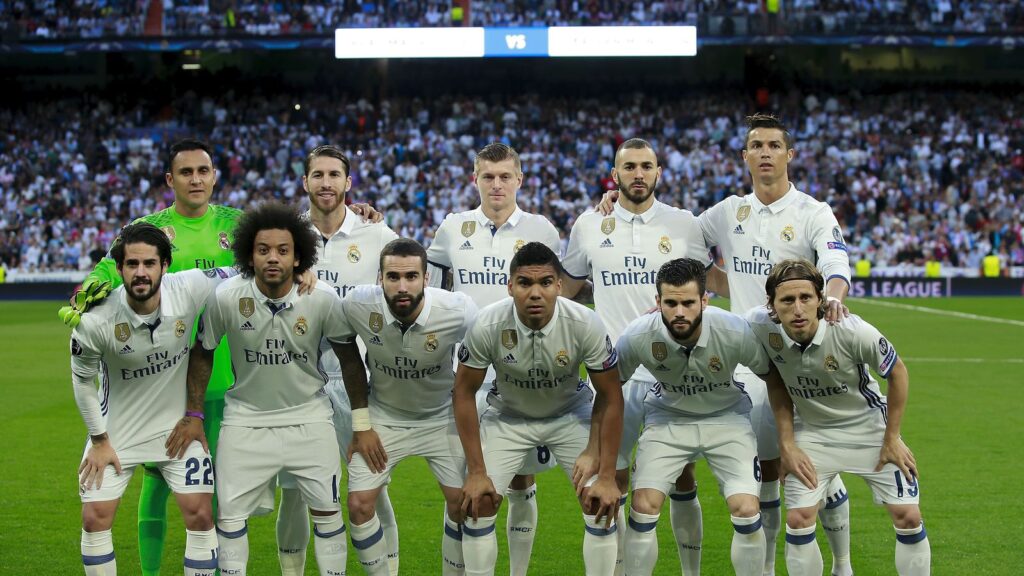
Multiple-Titled Clubs:
• Real Madrid (Spain) – 5 Titles
• Barcelona (Spain) – 3 Titles
• Corinthians (Brazil) – 2 Titles
• Bayern Munich (Germany) – 2 Titles
Real Madrid’s reign at the FIFA Club World Cup is a testament to the strength of European club football, but South American clubs like Corinthians and Internacional have had their own successes too.
Unforgettable Finals:
• 2005: São Paulo beats Liverpool in a classic final.
• 2011: Barcelona embarrasses Santos with a 4-0 victory, tiki-taka on full display.
• 2020: Bayern Munich clinches a sextuple by beating Tigres UANL.
These encounters are ingrained in the memory of people and symbolize the unity of football across continents.
Stars Who Stepped into Limelight at FIFA Club World Cup
The FIFA Club World Cup has witnessed the greatest stars in football. Starting from Cristiano Ronaldo to Lionel Messi, best in class players have left their marks in this class-of-its-own competition.
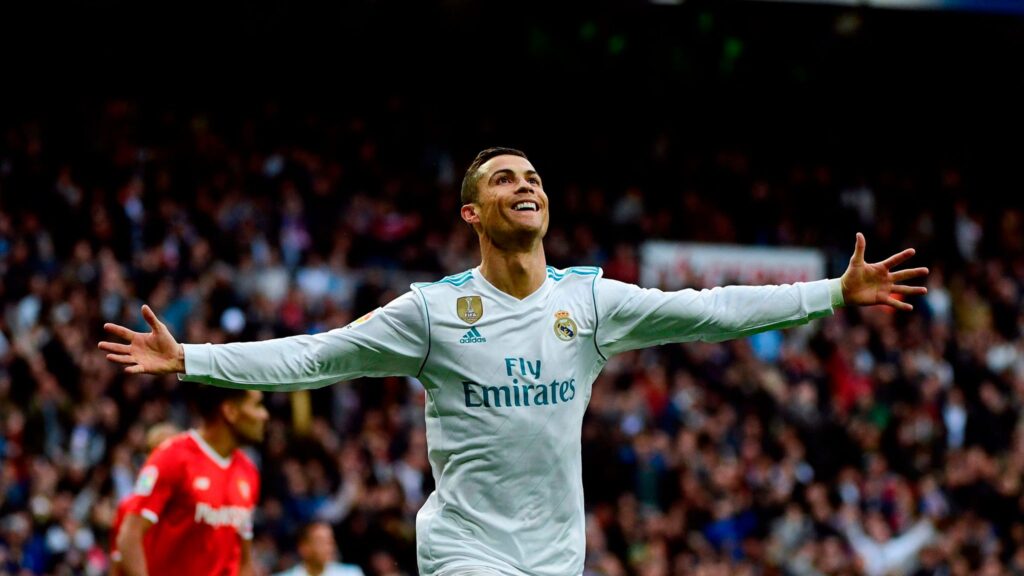
Top Stars:
• Star shows by Barcelona in 2009 and 2011 by Lionel Messi.
• Cristiano Ronaldo: Scored in finals for Manchester United and Real Madrid.
• Robert Lewandowski: Pivotal to Bayern Munich’s 2020 triumph.
The tournament provides a global platform for players to showcase themselves beyond their home and continental domains.
Cultural and Commercial Implication of the FIFA Club World Cup
Although the FIFA Club World Cup has been overplayed as a secondary league in the past, its cultural and commercial importance has increased exponentially, particularly in new football markets.
International Coverage:
• Views by more than 180 nations
• The soccer spectacle has attracted massive Asian, Middle Eastern, and African audience
• That attracts international sponsors such as Visa, Adidas, and Coca-Cola
The tournament also presents an opportunity for cultural exchange whereby fans and teams from across the globe gather to watch the games, adding to the popularity of the tournament.
Challenges and Criticisms
The increase not withstanding , FIFA Club World Cup has not remained immune to criticisms.
General Criticisms:
• Timing: Scheduling games in the mid-season season cuts into club campaigns, particularly within Europe.
• Format: Games were dominated in previous tournaments by European clubs and thus became too predictable.
• Relevance: Others consider it to be less relevant than continental or national championships.
In spite, however, of some grievances which the original format left incomplete.
However, though, the new format tries to mitigate them by offering a still more competitive and open system.
The 2025 Expansion: A New Era
The 2025 event, hosted in the United States, was described as a game-changer for the FIFA Club World Cup.
Top features of the 2025 Edition:
• Host: United States
• Teams: 32 clubs across the six confederations
• Formats: Group stage + Knockouts (following the same pattern as FIFA World Cup)
• Objective: Make a true “World Cup” for clubs
• The competition will not just propel commercial growth but also equalize the playing field, enabling clubs outside Europe and South America to compete on an equal par.
Why the FIFA Club World Cup Matters
The FIFA Club World Cup is important as it gives clubs the sole officially sanctioned world competition. It also acts as a bridging connection between various football cultures and economies.
Why It Matters:
1. World Stage: Refines skills of less-represented divisions
2. Glamour: Official sanction by FIFA adds prestige to the title
3. Experimentation: Probes teams to new forms and styles of playing
4. Internationalization: Makes club football popular on a global scale
With progressively globalized football, the FIFA Club World Cup will become increasingly significant and crucial.
With its expansion, the FIFA Club World Cup will be as vital as the UEFA Champions League in stature over the next decade.
What to Expect:
• Greater Asian and American club control
• More even results of match results
• More player transfers between continents
• Greater supporter involvement with electronic media
The tournament may be a money-spinner for clubs, particularly those from outside the top five leagues in Europe.
Ways to Connect with FIFA Club World Cup:
Should you be interested to watch or as a club’s fan of the FIFA Club World Cup, here’s how to do it:
• Watch Live: Stream through official broadcasters or FIFA+ app.
• Follow Clubs: Stay up-to-date on your favourite team’s tournament run on social media.
• Fantasy Leagues: Join fantasy football for Club World Cup games.
• Merchandise: Purchase official kits and merchandise to demonstrate support.
Participating in the tournament complements the fan experience and maintains the global football economy.
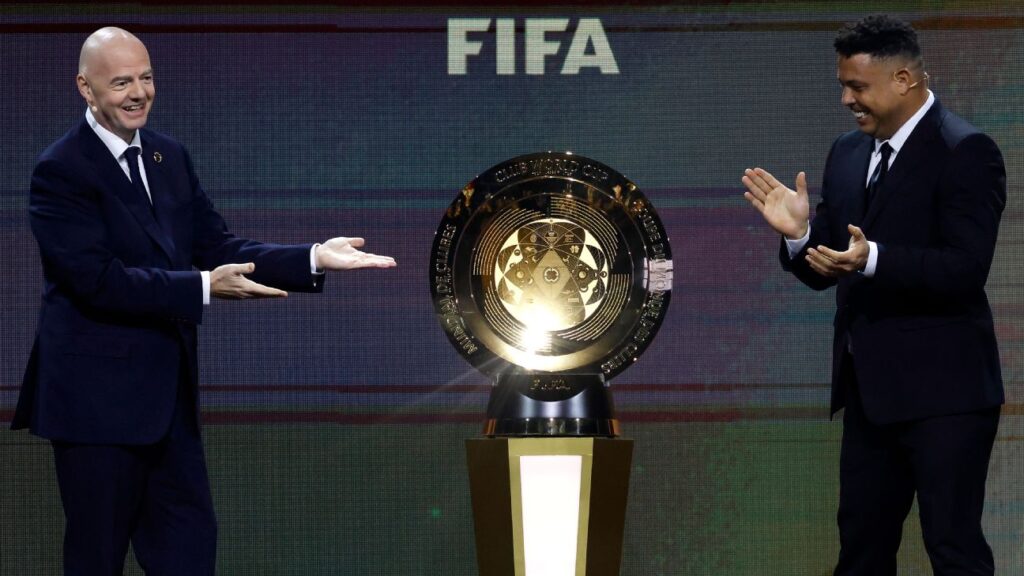
Conclusion
The FIFA Club World Cup is not just a competition more of a celebration of the universality of football. As the tournament grows, it is quickly on its way towards being one of the pillars of the sport’s global framework. With the new 32-team format and influx of investment, the future of the FIFA Club World Cup has never looked brighter.
Whether you’re a supporter of Real Madrid, Al Ahly, Auckland City, or a new kid on the block MLS team, the FIFA Club World Cup is something for everybody opportunities to witness the world’s best clubs clash and cultures meet on the field.
FIFA Club World Cup FAQs
Q: When is the next FIFA Club World Cup?
A: The new 32-team competition will be held in June-July 2025 in the United States.
Q: How are teams qualified?
A: By virtue of winning their own continental championships or as one of the top clubs in their federation.
Q: Which club is crowned most?
A: Real Madrid, five FIFA Club World Cup titles.
Q: Why did the tournament get bigger?
A: To improve competitiveness, global representation, and commercial attractiveness.






